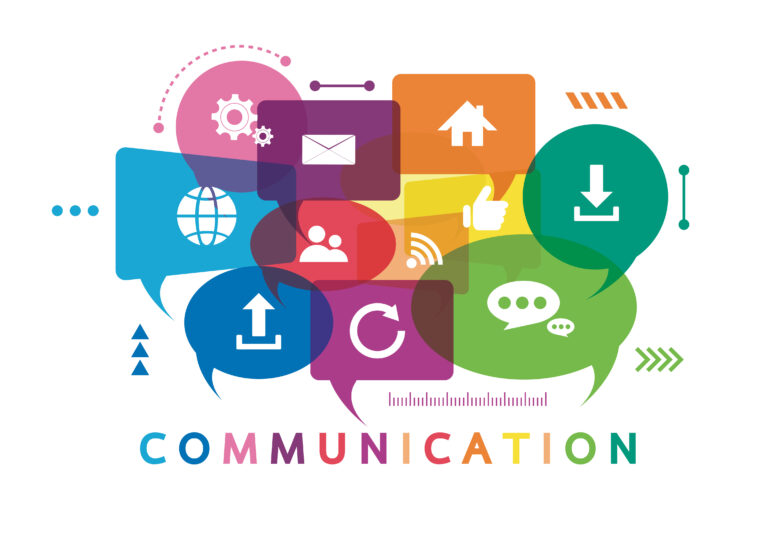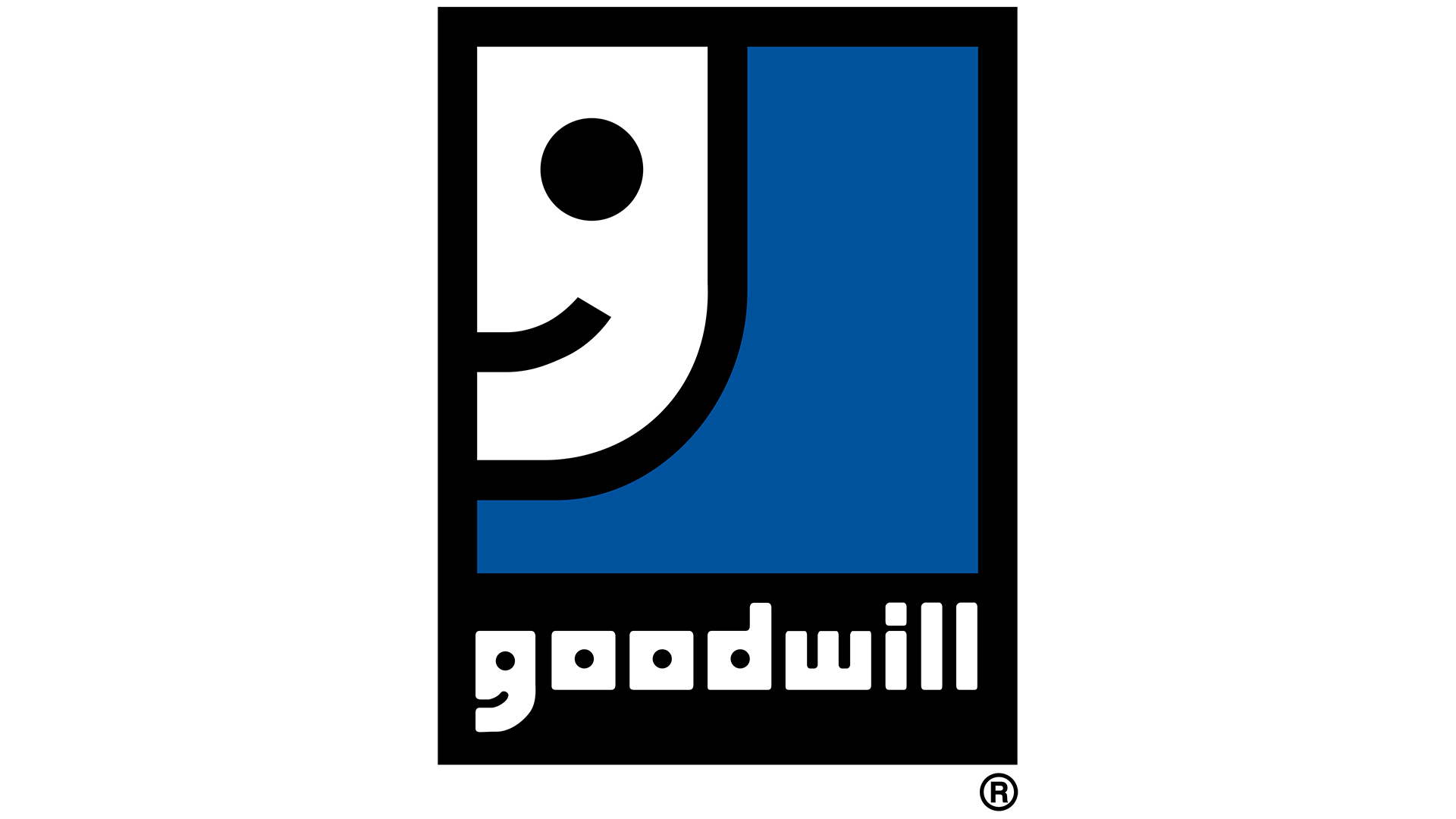Communications play a huge role in developing a relationship with customers and you need to make sure that they’re done right.

Communications play a huge role in developing a relationship with customers and you need to make sure that they’re done right. Yet, in our client work, we’ve found that many retailers leave product documentation, such as user manuals and assembly guides, to vendors or manufacturers. Others might ask product managers, engineers, or other subject matter experts (SMEs) to create product communications, including sales/marketing collateral such as packaging copy, webpage infographics, and selling guides.
Unfortunately, this takes valuable time away from their regular work (what they were hired for) and isn’t the best use of skillsets. Both vendors and SMEs are usually highly technical so neither typically understand unique brand requirements, much less target audience and customer needs. They may have little or no experience with content creation. They usually have no professional technical writing, copywriting, graphic design, document layout expertise. They may not be familiar with localization requirements. There can be language barriers.
This type of siloed approach often puts everything on a single individual. There is no graphic support, no UX input, or an independent language edit. All content relies entirely on one person’s limited frame of reference and personal world view.
Why does this happen?
It’s often a personnel issue. For example, small companies may not have a dedicated graphic designer on staff, so a team member takes on the responsibility. However, a professionally trained communicator will be able to create higher quality content more efficiently. That isn’t to say that SMEs aren’t going to be involved. Engineers and other SMEs know their products inside and out – their knowledge is vital to create quality communications. Trained writers, graphic designers, and other professionals can craft the product’s message into something useful and memorable. They have the creativity to design something truly unique. They know how to speak to and connect with customers in a way that goes beyond spec sheets and CAD drawings.


Documentation specialists at D2, for example, will work with SMEs to learn how a product operates, then organize that information in a way that’s easy for customers to understand.
What’s more, we’re trained to anticipate what customers may struggle with to reduce support calls, poor reviews, and returns. If a product is already on the market, documentation specialists can also use data to improve existing communications.
We’ll also ensure that communications reflect brand guidelines to create a consistent image for the brand. Across all communications, branding helps differentiate your product from its competition and, ultimately, encourages customers to buy your product. We understand digital publishing requirements and standards that SMEs have no familiarity with.
SMEs often also don’t have the expertise to think about customer communications broadly and at a strategic level. They may be involved with one document while another SME handles yet another, yet no one thinks about how individual customer communications can or should be tailored to support the customer’s entire journey with a product.
Those are important tasks that can’t be left to chance. If your company doesn’t have communications experts, outsourcing can be a cost-effective way to hire quality help. Even if you do have internal resources, outsourcing can provide a fresh perspective. This is extremely valuable if you’re trying to build credibility or turn around a negative brand perception. Outsourcing during peak times also allows internal communications resources to focus on the things they need to without jeopardizing schedule.
Some companies may avoid outsourcing because they are concerned about cost.
This can, however, be both short-sighted and a narrow view. They forget to consider the cost of employee salary and benefits. More importantly, they may not think about the cost of low ratings, bad reviews, product returns, and tech support often driven by poorly written product documentation. Product quality itself may be fine but, if it’s a complex one and customers have difficulty assembling or using it because the instructions provided are incomplete or too techy, they can become frustrated.
Most times, outsourcing customer communications is actually more affordable and costs less than internal resources because experts handle it. They know what they are doing, do it, and move on.
Outsourcing
Outsourcing can help your employees focus on what they do best. For example, instead of asking an engineer to write a user manual, utilize technical writing services to design and develop product documentation that is easy to understand and, with SME support, is accurate. Instead of having a product manager write packaging copy, engage the services of a professional copywriter who understands brand voice and tone. Doing so can free both up to focus on their strengths and to work on other projects.
When you hire a company, you gain not just the help of a single person, but also the collective expertise of everyone in the entire company. That can give you better results than you’d be able to create on your own. Having that extra support can also be useful during your busiest times if you need overflow help.

By hiring people who live near your target audience, you can “localize” your communications – modifying them for a specific location or group of people. This can make your communications more relevant to the audiences you want to reach.
There’s an inherent risk to outsourcing – you’re asking someone else to represent your company or brand. That’s a big deal. To reduce that risk, start by carefully selecting a partner – find someone who understands and embraces your company’s vision and goals. Open communication is vital to making the relationship work. While internal employees are in the midst of everything and likely have greater access to information, a communications partner will know only what you tell them (and vice versa). On-site contractors are one possible way to help keep the lines of communications open. Embedding people within your company also helps everyone be proactive to changes.
Making your choice
While there isn’t a one-size-fits-all solution, there are a number of considerations when selecting an organization to partner with. Make sure it:
- Understands your brand and mission
- Understand customer communications needs
- Is comfortable working directly with SMEs such as product manager, engineers, and vendors
- Is able to meet deadlines, yet adapt to changing needs
- Has appropriate resources (e.g. trained personnel, software)
- Experience with your product or industry and with consumers
- Has a project manager or other contact to oversee the entire project
- Can recommend processes & procedures to reduce costs and streamline development
- Is able to provide translation support, if needed
- Fits your budget
You should also work out a plan with your partner. Set expectations for how long you need to complete a project, how you’ll provide feedback for changes, and when product samples will be available. Be flexible with the overall process, deliverables, and rush projects – you’ll likely need to adjust your plan as the relationship develops and you get used to working with any outside agency.
Deciding to outsource customer communications, whether user or installation manuals, packaging copy, web page infographics, or more, is an important decision that shouldn’t be taken lightly. With a thoughtful plan and the right partner, you’ll be better equipped to understand your customers and to give them the experience they deserve.
See some related topics here:
What is the value of technical writers and editors? – D2 Worldwide
What is the value of a graphic designer? – D2 Worldwide
What’s the value of data analysis & usability in customer communications? – D2 Worldwide
Have any questions? Contact us for more information.











